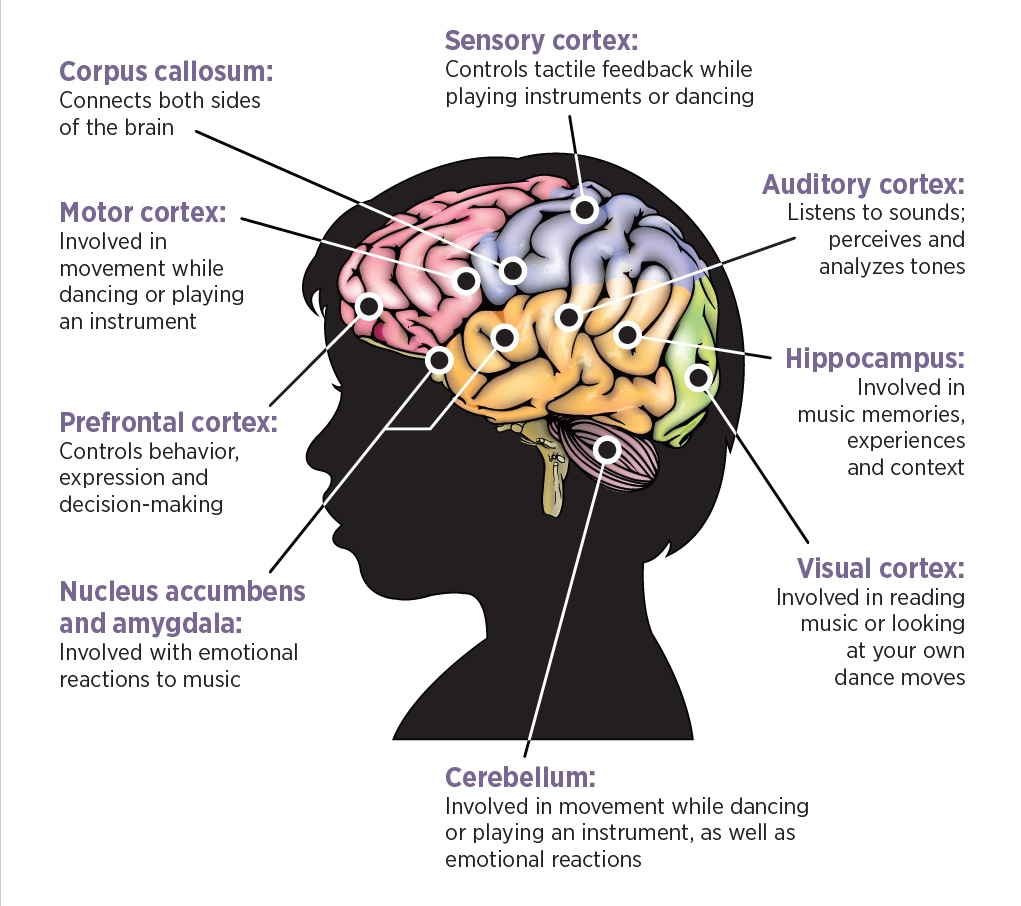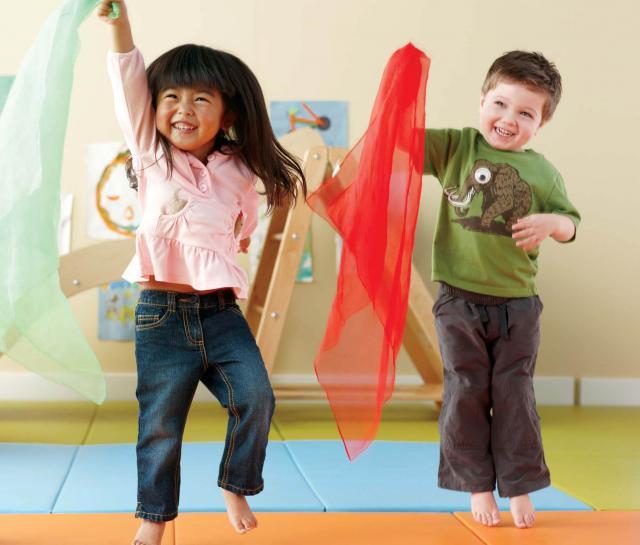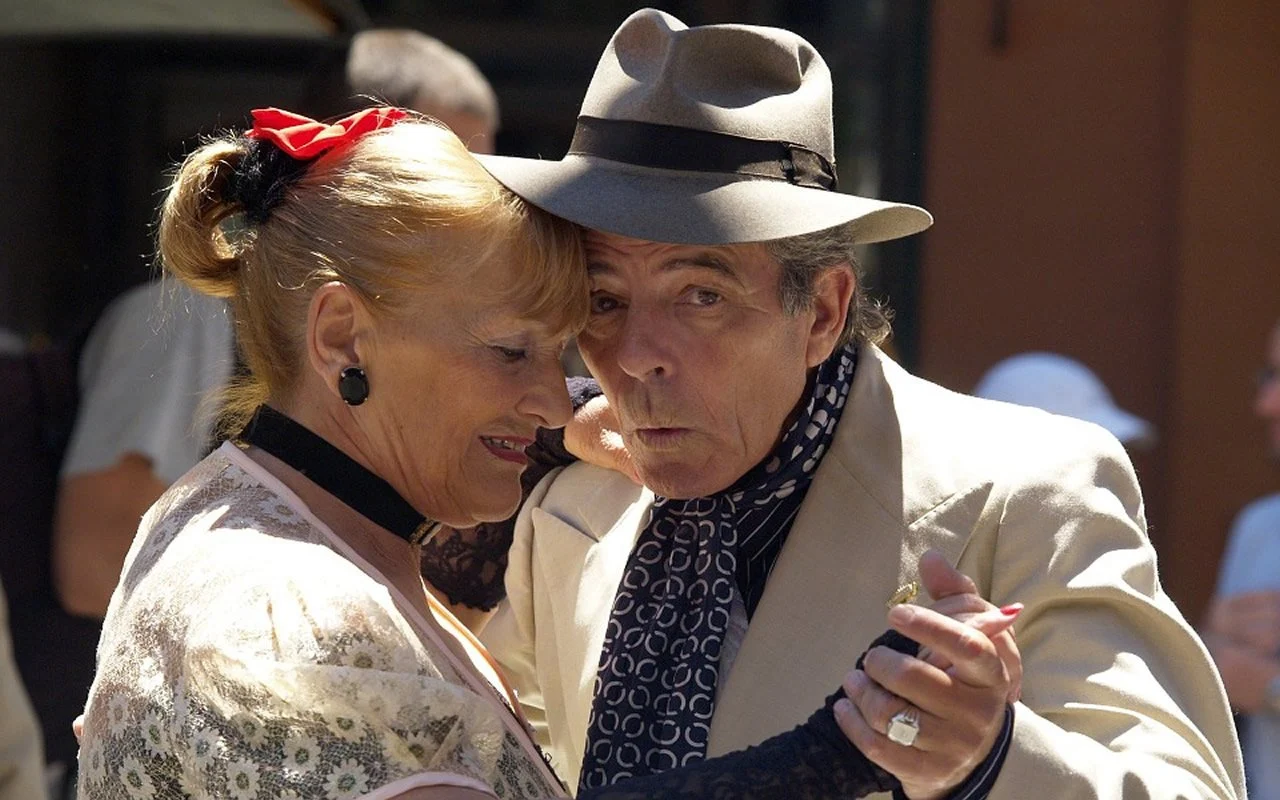We see evidence of this virtuous cycle in our lived experience from birth to death. Even before birth our first attempt at communication is through dance as an unborn fetus in her womb responds to the rhythmic beat of the mother's heart by choreographing movement in time, using legs, fists, and body. Small children become totally absorbed in the physical sensation of movement and the more they were able to synchronize their movements with the music the more they smiled. Exposure to dance and music in early childhood accelerates brain development as observed in numerous studies, and the regions activated help with mathematical learning and language skills, and most important of all bring us joy leading to altruistic choices over materialistic ones. Synchronizing with others while dancing has been shown to raise pain tolerance and encourage people to be socially receptive to new experiences. Research is also showing that dancing is the only activity that reduces the onset of dementia and best manages the symptoms of Parkinson’s disease.
Many animals in nature use dance to communicate with each other because dance has a strong capacity for representation and imitation and most importantly, it does not demand a common language or a shared culture. Instead, dance requires complicated interpersonal mind and body coordination that not only causes the release of endorphins, dopamine, and serotonin triggering the feeling of pleasure as a reward in the homo sapiens brain but also leads to the development of new neural connections in regions involved in executive function, long-term memory, and spatial recognition such as the cerebellum, amygdala, prefrontal cortex, hippocampus, and visual cortex - on display the innate morality of neural chemistry - the innate morality in nature - and why ants will never dream of stars.
Our ancient ancestral dancing caves safe from predators, with walls and ceilings covered in red and black hand stencils and dots and dashes of animals to remind them of the importance of community and nature and their place in both, would have resonated with dance, and music There is evidence that our ancestors lived and interbred with Homo Neanderthal and Denisovans. And recent discoveries confirm that even as far back as 3 million years ago our ancestors lived together with other hominids. Dance as a primary means of communication makes even more sense in such diverse communities.






